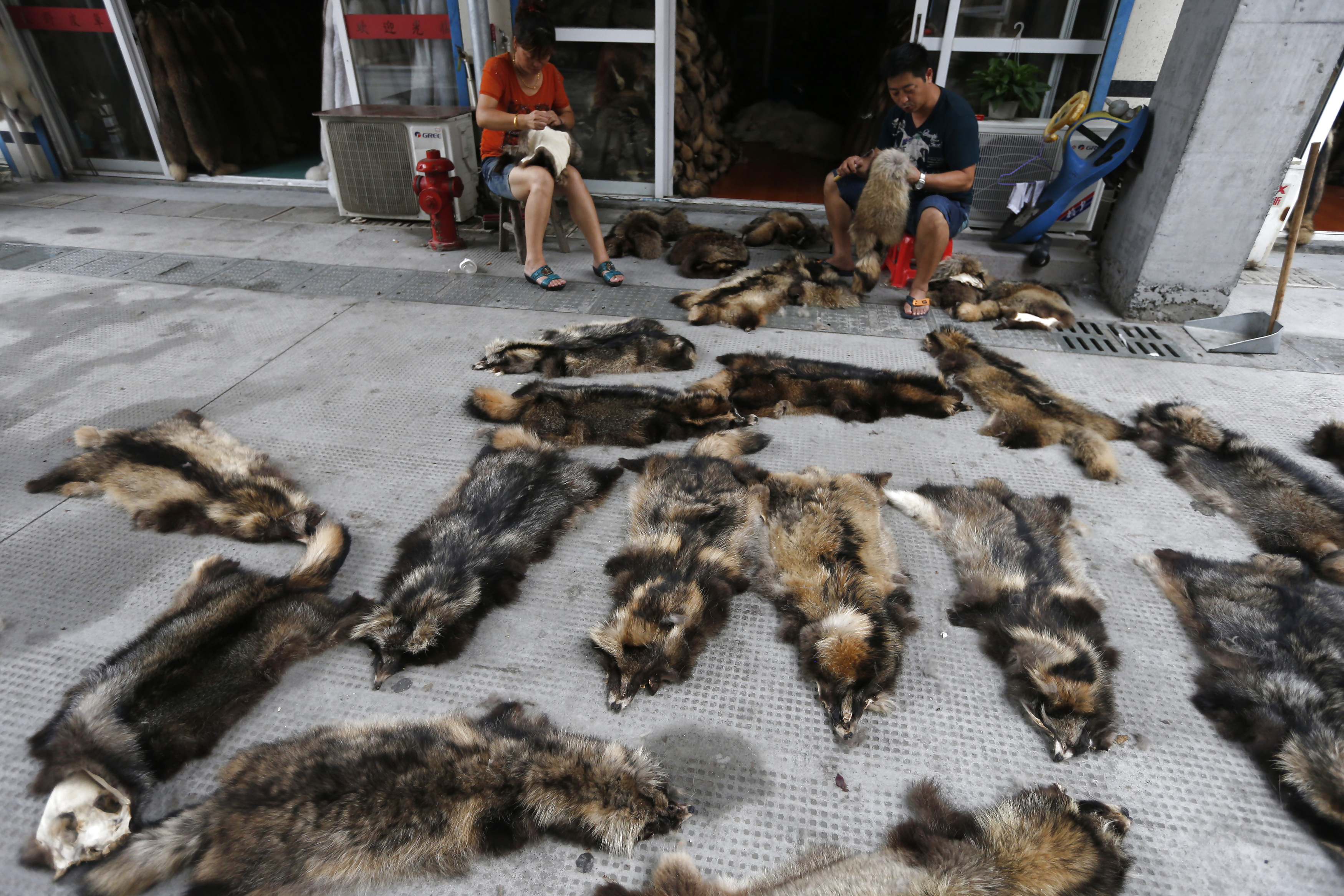
views
‘New data’ from a Wuhan market may shed some light on the origin of the Covid-19 pandemic, which started approximately three years ago, as per a report in the Atlantic. Many scientists have maintained that this outbreak, like most others, had entirely natural origins. That argument, however, has been lacking a critical piece of evidence: genetic data from the Huanan Seafood Wholesale Market in Wuhan, China, demonstrating that the virus infected species for sale there, the report says.
An international collaboration of virologists, genomicists, and evolutionary biologists may have discovered critical data to help close that knowledge gap, the report says. According to a fresh examination of genetic sequences acquired from the market, raccoon dogs being unlawfully sold at the venue at the end of 2019 could have been carrying and possibly shedding the virus. Experts told the Atlantic that it’s some of the strongest evidence yet that the pandemic began when SARS-CoV-2 jumped from animals into humans, rather than by chance among scientists dealing with viruses.
What the New Data Says
The data comes from swabs collected by a Chinese team in January and February 2020 at the Huanan Seafood Market, the site of one of the earliest Covid clusters, before it was shut down and cleared of animals.
International researchers including Florence Debarre, an evolutionary biologist at France’s CNRS research agency, were surprised to come across the data on the GISAID global science database earlier this month. They managed to download the data before it was removed from GISAID at the request of the Chinese researchers who first posted it.

Debarre and colleagues informed the WHO about their discovery last week, when some media outlets started reporting on the data’s existence. This week the researchers published a report, which has not been peer-reviewed, saying that DNA from the samples shows that raccoon dogs, palm civets, Amur hedgehogs and bamboo rats were present at the market.
Raccoon dogs, whose closest relatives are foxes, are in particular known to be able to carry and transmit viruses similar to SARS-CoV-2, which causes the Covid disease.
That means they could have acted as an intermediary host between humans and bats, in which Covid is suspected to have originated. Some of the samples containing raccoon dog DNA were also positive for SARS-CoV-2.
Raccoon dogs and masked palm civets have also been detected with viruses that are nearly comparable to the one that causes severe acute respiratory syndrome (SARS), which is related to SARS-CoV-2 and triggered a human outbreak in 2003. Furthermore, research on palm-civet cells suggests that the animals could become infected with SARS-CoV-2.
According to research, a progenitor of SARS-CoV-2 most likely began in bats, although it is unclear how it spread from bats to humans. Scientists assume an intermediary host was involved, but no clear proof has been found, leading to speculation that the virus may have instead spilled — intentionally or unintentionally — from a laboratory in Wuhan, said a report by Nature.
However because the samples were taken from sites at the market and not directly from the animals, it was not possible to prove the raccoon dogs had Covid. Notably, there was very little human DNA in one of the positive samples, raising the likelihood that it was the raccoon dog that had the virus.
A Piece in the Puzzle
“We cannot rigorously demonstrate that the animal was infected, but it is a plausible explanation,” Debarre told AFP. Even if it could be proved that the raccoon dogs were infected, it would be difficult to show they gave Covid to humans — and not the other way around.

The data is “one additional piece of the puzzle that supports an origin of the pandemic linked to Wuhan’s animal trade,” virologist Connor Bamford of Queen’s University Belfast told AFP. But “it is unlikely to provide irrefutable evidence,” he said on The Conversation website.
The Data That Is Missing
There have been increasing calls for all information on the origins of Covid to be publicly released. US President Joe Biden signed a law earlier this week declassifying intelligence material on the subject, after his energy department concluded with “low confidence” that the virus probably came from a lab.
That assessment contradicted the conclusion of several other US agencies — but not the FBI. After being informed of the new Huanan samples, the WHO again called on China to release all its data from the early days of the pandemic. “These data could have — and should have — been shared three years ago,” WHO chief Tedros Adhanom Ghebreyesus said late last week.
Alice Hughes, an expert in biodiversity analytics at the University of Hong Kong, said that some researchers in China had known about the existence of the samples since April 2020.
Hughes told AFP this “critically important” information should have been made public earlier, adding that she believed it was “very likely that this is the source of spillover of SARS-CoV-2”. The authors of the new report said that more data was still missing.
There is “absolutely crucial data which sheds light on the start of the pandemic” that the researchers “cannot share because it’s not ours,” Debarre said. “The more people who look into it, the more we will be able to extract information,” she added.
With inputs from AFP
Read all the Latest Explainers here


















Comments
0 comment